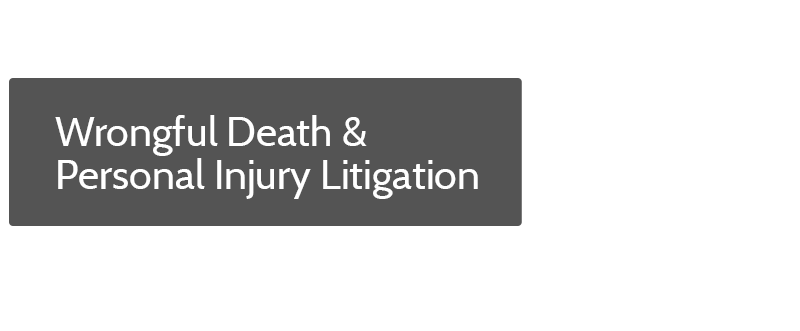Understanding the Legal Difference Between Misfeasance and Nonfeasance
A person’s legal obligations may include a duty to act (an affirmative duty to take some action), a duty to refrain from acting (a duty not to take certain actions), or both. Legal duties may also take on different characteristics in different circumstances, and may include both the duty to act affirmatively in certain situations and the duty to refrain from acting in others.
In the negligence context, courts and the law distinguish between wrongful actions and the failure to act, though either (and both) can result in a finding of negligence, under appropriate circumstances.
NONFEASANCE INVOLVES FAILING TO ACT TO LESSEN A PLAINTIFF’S DAMAGES.
“Nonfeasance” occurs when a defendant does not intervene or act to help a plaintiff. This may involve failing to act before the plaintiff suffers injury, or failing to act to help the plaintiff once injury has begun (or has finished occurring).
Generally speaking, unless: (a) a special relationship exists between the plaintiff and the defendant and/or (b) the defendant has a legal duty to act – either to prevent harm to the plaintiff or to mitigate the harm that has occurred – the law does not consider people negligent for failing to act. That said, there are some circumstances when the failure to act (or the failure to act reasonably) can create negligence liability. If you suffer damage or injury, always consult an attorney promptly for an evaluation of your legal rights and potential claims.
MISFEASANCE INVOLVES ACTING IN A WAY THAT INCREASES INJURY OR DAMAGES.
“Misfeasance” occurs when a defendant acts in a manner that increases the injuries or damage suffered by the plaintiff. For example, knowingly encouraging other parents to allow their children to make unsupervised visits to a house where a child molester is present. (See: Pamela L. v. Farmer (1980) 112 CA3d 206.)
When a person (including a “corporate person” like a business) acts in a negligent way that increases the risk of harm to others, and harm actually results from the defendant’s actions, the defendant may be held liable for negligence. When malfeasance occurs, a defendant may be held liable for negligence even where no special relationship exists between the plaintiff and the defendant. (Assuming, of course, that all other elements of the negligence cause of action can be proven, and that no applicable defenses exist to excuse or lessen the defendant’s liability.)
***
Disclaimer: THIS ARTICLE IS FOR INFORMATIONAL PURPOSES ONLY, AND DOES NOT CONSTITUTE LEGAL ADVICE OR CREATE AN ATTORNEY-CLIENT RELATIONSHIP BETWEEN THE AUTHOR OR ROSS LAW AND ANY PERSON. Your rights and experiences may vary. Never use an online article (including this one) to evaluate your legal claims. Speak with an experienced lawyer promptly to obtain a personalized evaluation of your claims, possible damages, and options. You may lose or compromise your rights if you delay in consulting legal counsel. Most legal claims (and defenses) are complicated and fact-dependent. If you believe you have a claim against someone who injured you, a lawyer who represented you in a previous lawsuit, or any other type of legal claim, consult an experienced lawyer immediately for an evaluation of your personal rights and claims.














